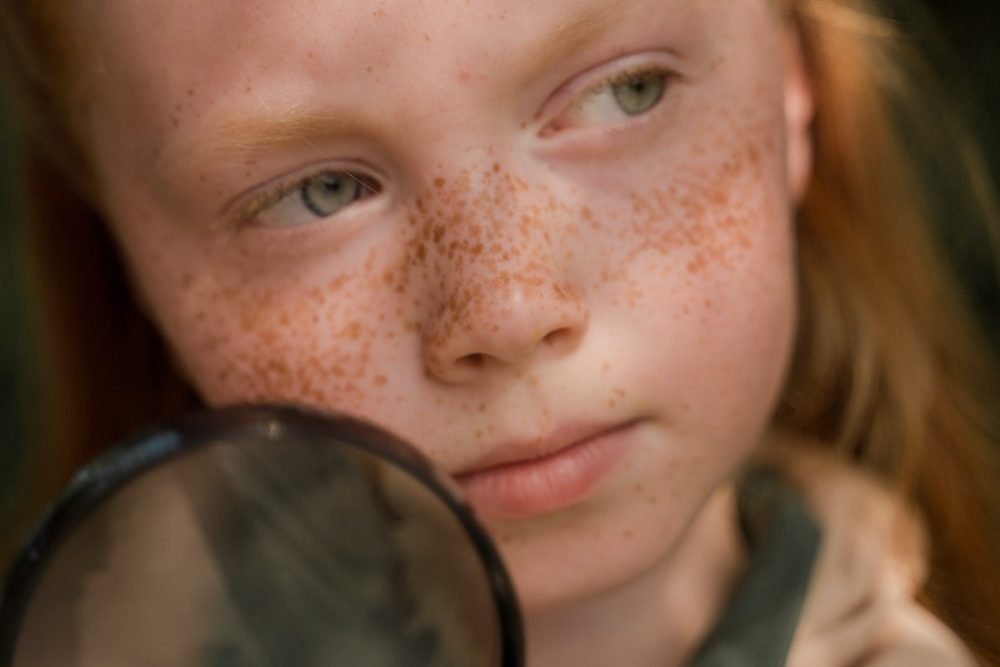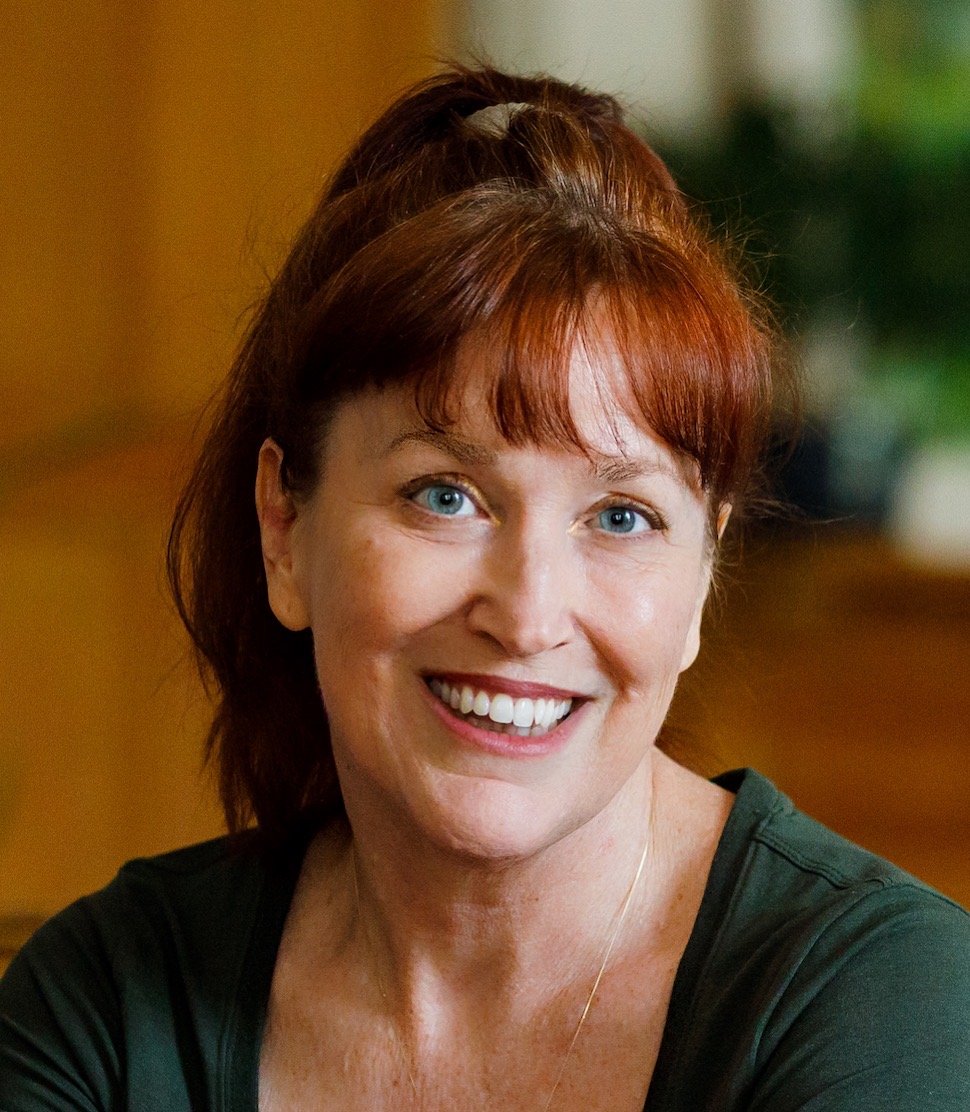
Today’s post is by Allison K Williams (@GuerillaMemoir).
Many of the adult memoir manuscripts that cross my editorial desk share one issue: They start too early. Usually, about 50 pages too early. The writer spends time establishing the quirky small town/neighborhood they were born in, the family experiences that shaped them, the early realizations that they—or their family—weren’t like everyone else, carefully setting up the clues for later revelations about divorce, addiction, illness or triumph.
The reader needs some of that information, yes, but not all of it. A concrete, well-timed detail can give a lot to readers without spelling it out. For example: I could fill you in on my family history of alcoholism, how it manifested in my grandparents’ daily “cocktail hour,” my own shying away from drinking because I don’t like the taste and I’m scared, what it was like living with a father who was drunk or at least buzzed most of the time—or I could tell you, I have a hard time telling when someone else is drunk. I think they just seem “jolly.” For an adult memoir about an adult experience in my life, and in context, that’s probably enough background.
But what if your childhood is the whole point?
While some adult memoirs successfully cover childhood in depth (notably Mary Karr’s The Liar’s Club and Jeannette Walls’ The Glass Castle), there’s a whole new category out there, selling like hotcakes: memoir for young readers. Graphic-novel autofiction like Raina Telgemeier’s Guts and Jerry Craft’s New Kid and Class Act. Memoir in verse like Jacqueline Woodson’s Brown Girl Dreaming and Thanhha Lai’s Inside Out & Back Again, both winners of the National Book Award and Newberry Honors, and Laurie Halse Anderson’s Shout, the memoir version of her bestselling novel Speak.
These memoirs fall into Young Adult and Middle Grade, but they don’t shy away from hard subjects. Anxiety. Racism. Immigration. Poverty. Sexual assault. They embrace beautiful writing while dealing with issues their readers experience, in vocabulary their readers can understand and apply to their own lives. Not everything ends happily ever after.
In an adult memoir, childhood is usually a chance for reflection, as in Jenny Lawson’s Let’s Pretend This Never Happened:
By age seven I realized that there was something wrong with me, and that most children didn’t hyperventilate and throw up when asked to leave the house. My mother called me “quirky.” My teachers whispered “neurotic.” But deep down I knew there was a better word for what I was. Doomed.
Lawson takes us into the feelings of the child she was, but she’s processing her experiences through the reactions of the adults around her at that time, and her own knowledge now of her adult life. We know she survived—she wrote a memoir about it.
Thannha Lai’s young self in Inside Out & Back Again also feels doomed:
Every Friday
in Miss Xinh’s class
we talk about
current news.
But when we keep talking about
how close the Communists
have gotten to Saigon,
how much prices have gone up
since American soldiers left,
how many distant bombs
were heard the previous night,
Miss Xinh finally says no more.
From now on
Fridays
will be for
happy news.
No one has anything
to say.
This young narrator shows looming tragedy and fear through her eyes at that age, instead of looking back. There’s an urgency and immediacy to the child’s story. Memoirs from a younger POV bring extra tension, because we all know adulthood can turn out very differently from what we expected. The choices a child makes are often more fraught, with farther-reaching implications, and we don’t know if the narrator will be OK, or what “OK” will mean in fifteen years.
What might make your story right for YA or Middle Grade? Think about your most vivid and intriguing experiences: What age were you? How much of your current manuscript focuses on childhood, and more specifically, learning and realizing new things about yourself and the way the world works at that age? How much is adult reflection on adult problems? Maybe the memoir you’re working on now is right for adults—but there’s a big chunk of childhood you’d still like to share.
Think also about your desired audience. Who is going to benefit more from hearing your story: adults experiencing the same situation, or kids who might be able to choose another path, or gain more resources from knowing they aren’t alone?
Practicing writing through your younger eyes can bring a freshness and urgency to your prose, even when your finished work will be targeted to adult readers. Recreating childhood experiences on the page can bring up buried memories, sounds, smells, tastes, interactions that have faded for adult-you, and make your settings and characters more vivid and realistic for the reader.
What makes a memoir for young adults or middle-grade readers isn’t shying away from tough topics, or using childish language, but approaching situations and events with your childhood eyes. Sharing what the narrator sees and feels, with all the intense emotional engagement of a child, while letting the reader compare those things to what they, too, are seeing and feeling right now.

Allison K Williams has edited and coached writers to publication with many of the best-known outlets in media. As a memoirist, essayist, and travel journalist, Allison has written craft, culture and comedy for National Public Radio, CBC-Canada, the New York Times, and many more. She leads the Rebirth Your Book writing retreats series and, as Social Media Editor for Brevity, she inspires thousands of writers with weekly blogs on craft and the writing life. Allison holds an MFA in Creative Writing from Western Michigan University and spent 20 years as a circus aerialist and acrobat before writing and editing full-time. Her latest book is Seven Drafts: Self-Edit Like a Pro From Blank Page to Book (Woodhall Press, 2021). Learn more at her website.

I shan’t comment on the piece for various reasons, but I must comment on Cincinnati! It is no city for strangers! I moved there from Chicago for a couple years in my late 20s, and have never been so lonely–it took joining a little theater group to finally feel at home. Interestingly, now, a widow at 91, living in a retirement community and having published my first book (a limerick book for kids) I feel I could be happy almost anywhere given my good health and good friends–but that’s a huge “given”!
Hi Bindy: I’m sorry to hear you didn’t feel at home in Cincinnati. Truth be told, it took me a long time to fall in love with the place. It helped a lot when I moved to the right neighborhood.